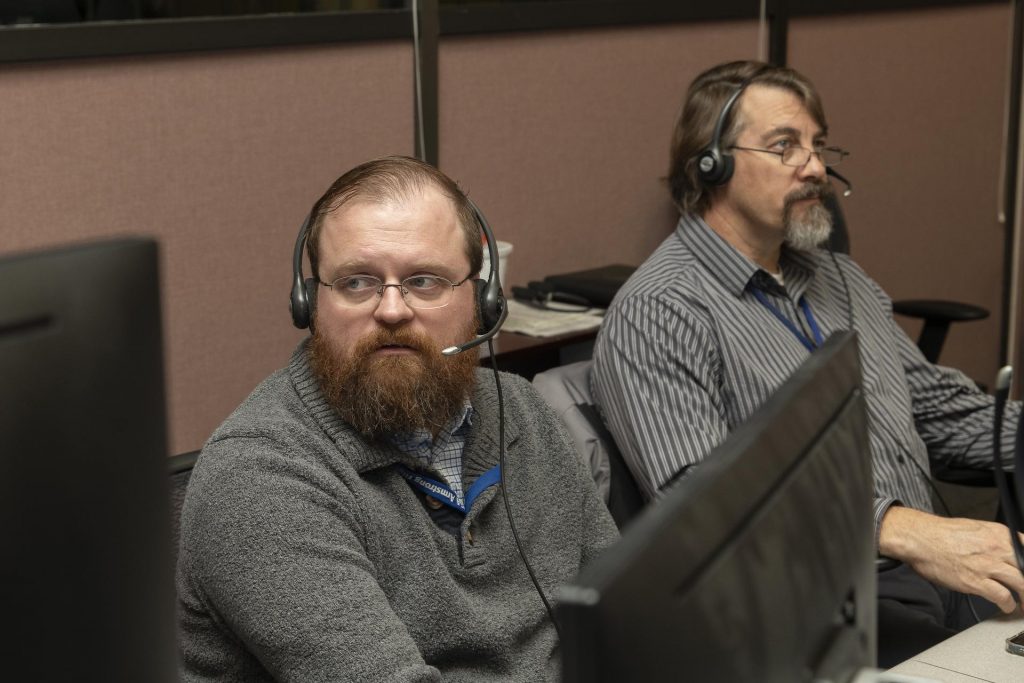NASA’s pursuit of groundbreaking aeronautical advancements has led to the development of the X-59 experimental aircraft, designed to fly faster than the speed of sound while minimising the disruptive effects of sonic booms. As part of the Quesst mission, NASA recently conducted tests to ensure the effectiveness of ground recording systems in capturing the X-59’s quiet sonic “thumps.” These tests, known as Carpet Determination In Entirety Measurements (CarpetDIEM) flights, aimed to assess the quality and reliability of the recording equipment and operational procedures required for Phase 2 of the mission.
Testing Ground Recording Systems: CarpetDIEM III flights involved setting up 10 microphone stations over a 30-mile stretch near NASA’s Armstrong Flight Research Center in California. Researchers focused on understanding deployment logistics, data retrieval processes, and system durability. By simulating supersonic passes with F-15 and F-18 aircraft, the tests provided crucial insights into the operational requirements for recording the X-59’s sonic thumps.
Capturing Quiet Sonic Thumps: The X-59 aims to produce sonic thumps significantly quieter than traditional sonic booms, with noise levels as low as 75 perceived loudness decibels. To accurately measure these faint sounds, ground recording systems were calibrated to detect levels as low as 50 perceived loudness decibels, akin to the ambient noise of a running refrigerator. Automatic Dependent Surveillance-Broadcast technology was utilized to automate the recording process triggered by aircraft speed and position data.
Challenges and Solutions: Addressing logistical challenges, the testing revealed the need for efficient setup procedures and automated data collection to streamline operations during Phase 2 testing, which may span up to nine months. Furthermore, the recording systems were designed to withstand harsh environmental conditions and potential wildlife interference, ensuring data integrity and system resilience.
NASA’s efforts to develop the X-59 aircraft represent a significant step towards realizing supersonic flight with minimal noise impact. The successful completion of CarpetDIEM III tests underscores the agency’s commitment to advancing aeronautical research and overcoming technical challenges associated with groundbreaking projects. As preparations for Phase 2 of the Quesst mission continue, NASA remains dedicated to refining ground recording systems and operational protocols to achieve the mission’s objectives of quiet supersonic flight.
